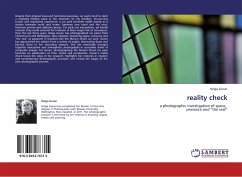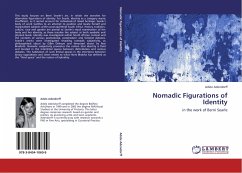In the past two decades, several museums have eliminated their admission charges in an attempt to be more accessible to their communities. This research seeks to identify the factors influencing organizational policy and understand the strategic changes American art museums have made to eliminate their admission charges. Through a comparative case study, four museums the Minneapolis Institute of Arts, San Jose Museum of Art, the Baltimore Museum of Art, and the Walters Art Museum will be examined to understand why and how these museums were able to eliminate their admission charges, and whether it is feasible for other art museums to follow their lead. A genealogy of admission charges in the United States, which outlines the factors leading to the implementation and expansion of charges, will serve as the analytical framework.
Bitte wählen Sie Ihr Anliegen aus.
Rechnungen
Retourenschein anfordern
Bestellstatus
Storno








